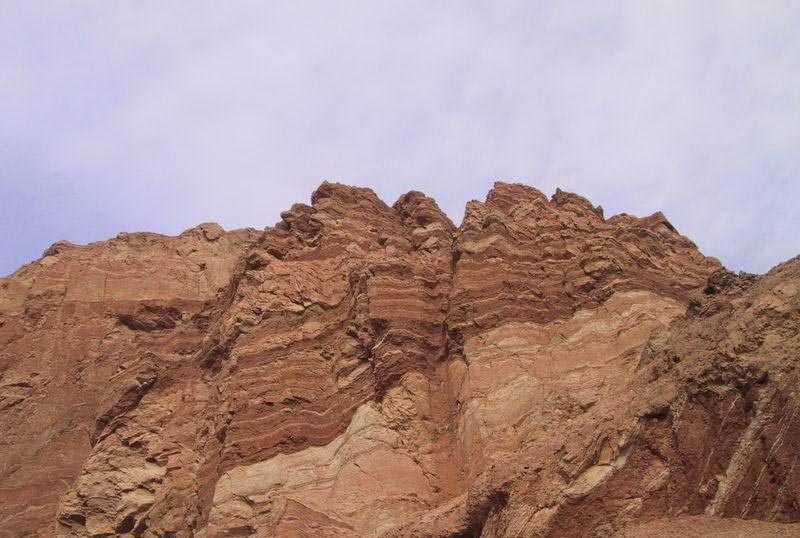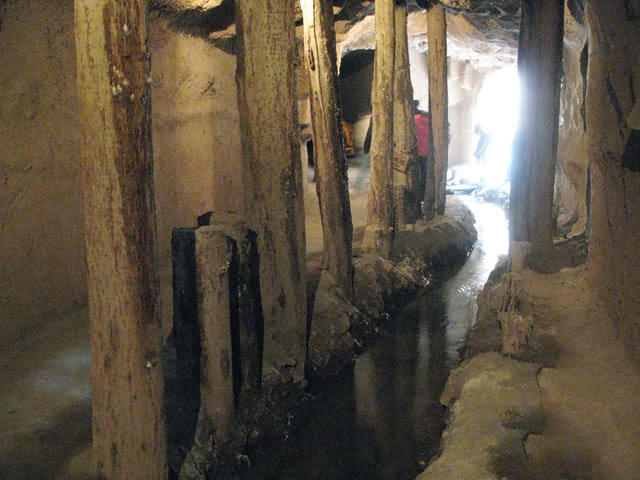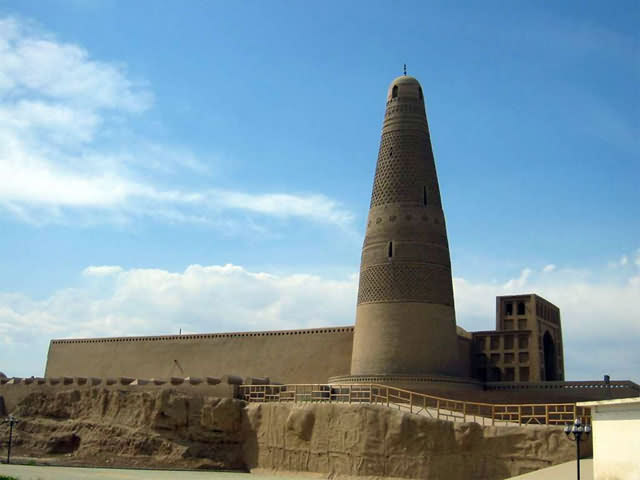Gaochang Ancient Ruins Turpan
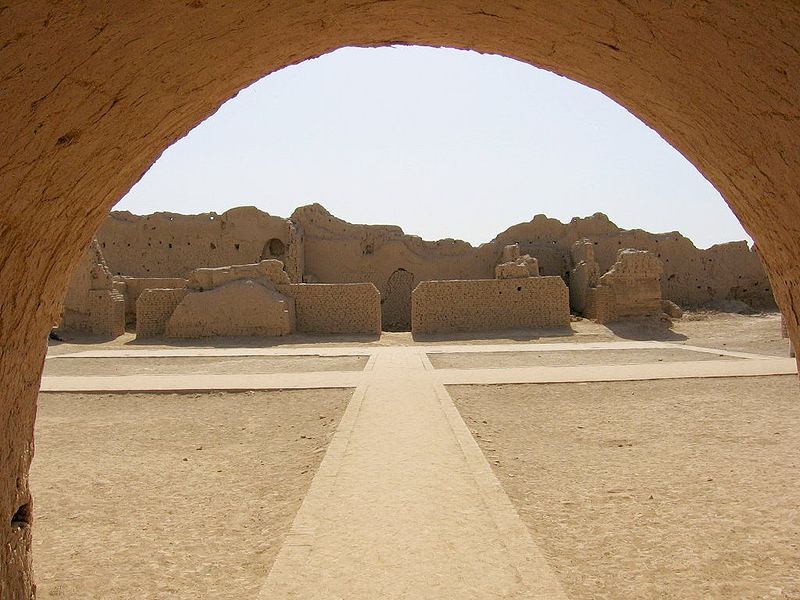
Gaochang was built in the 1st century BC. It was an important site along the Silk Road. It was burnt down in wars in the 14th century. Old palace ruins and inside and outside cities can still be seen today.
Gao Chang is located in present-day Xinjiang Province, 30km from Turpan. It played a key role as a transportation hub in western China. There is some documented history surviving today, perhaps stories passed on through oral tradition exist to detail the history. The archaeological remains are just outside the town at a place originally called Idykut-schari or Idikutschari by local residents. The site is otherwise known in early published reports as Chotscho, Khocho, or Qoco. Artistic monuments of the city have been published by Albert von Le Coq.
In 439, remnants of the Northern Liang fled to Gaochang led by Juqu Wuhui and Juqu Anzhou where they would hold onto power until 460 when they were conquered by the Rouran. There were more than ten thousand Han Chinese households in Gaochang, and the Rouran appointed a Han named Kan Bozhou as their vassal King of Gaochang in 460.
At this time the Gaoche was rising to challenge power of the Rouran in the Tarim Basin. The Gaoche king Afuzhiluo killed Kan Shougui and appointed a Han from Dunhuang, named Zhang Mengming, as his own vassal King of Gaochang. Gaochang thus passed under Gaoche rule.
Later, Zhang Mengming was killed in an uprising by the people of Gaochang and replaced by Ma Ru. In 501, Ma Ru himself was overthrown and killed, 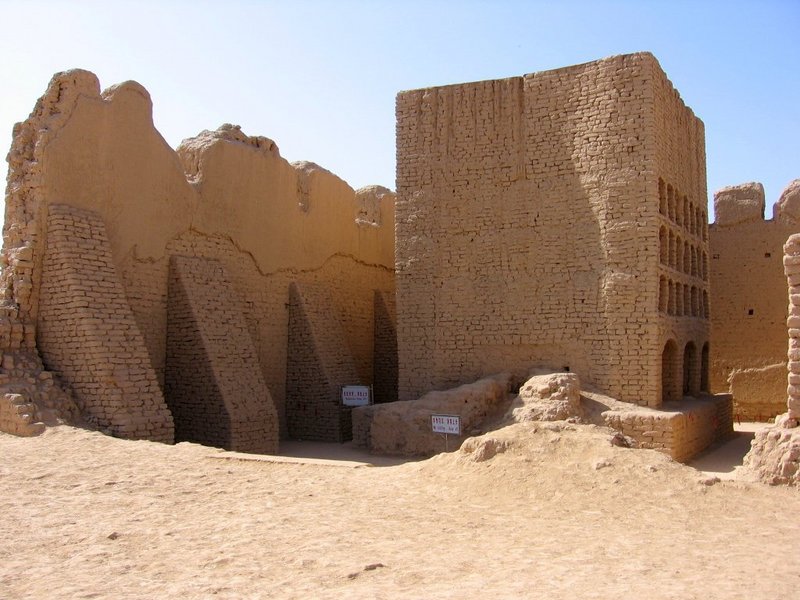 and the people of Gaochang appointed Qu Jia of Jincheng (in Gansu) as their king. Qu Jia at first pledged allegiance to the Rouran, but the Rouran khaghan was soon killed by the Gaoche, and he had to submit to Gaoche overlordship. Later, when the Göktürks emerged as the supreme power in the region, the Qu dynasty of Gaochang became vassals of the Göktürks. In 640, Gaochang was annexed by the Chinese Tang dynasty and renamed Xizhou.
and the people of Gaochang appointed Qu Jia of Jincheng (in Gansu) as their king. Qu Jia at first pledged allegiance to the Rouran, but the Rouran khaghan was soon killed by the Gaoche, and he had to submit to Gaoche overlordship. Later, when the Göktürks emerged as the supreme power in the region, the Qu dynasty of Gaochang became vassals of the Göktürks. In 640, Gaochang was annexed by the Chinese Tang dynasty and renamed Xizhou.
From the mid fifth century until the mid seventh century there existed four independent kingdoms in the narrow Turpan basin. These are known as the Kan Family, Zhang Family, Ma Family, and Qu family. In the second year of Tang Zhen Guan (628 AD), the famous monk Xuanzang passed through Gaochang. In the 13th year of Tang Zhen Guan (640 AD), Gaochang county was established. According to documents from the Yuan and Ming dynasties, Qara-hoja referred to Gao Chang as "Halahezhuo" and Huozhou.


